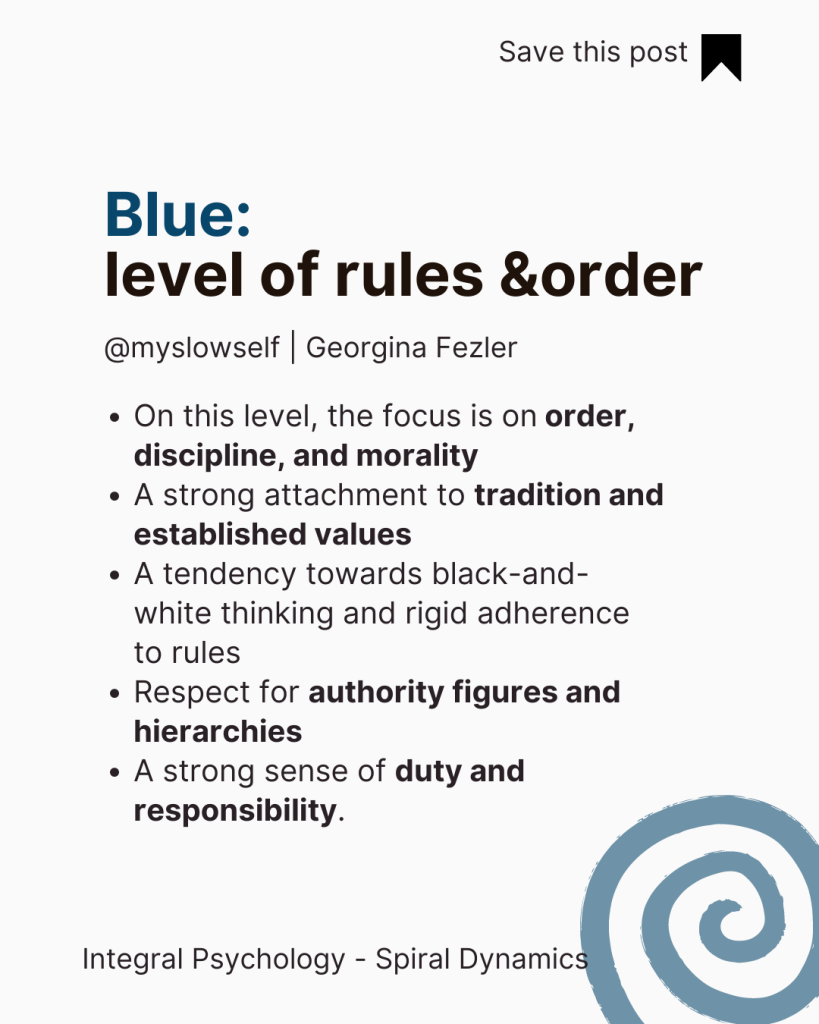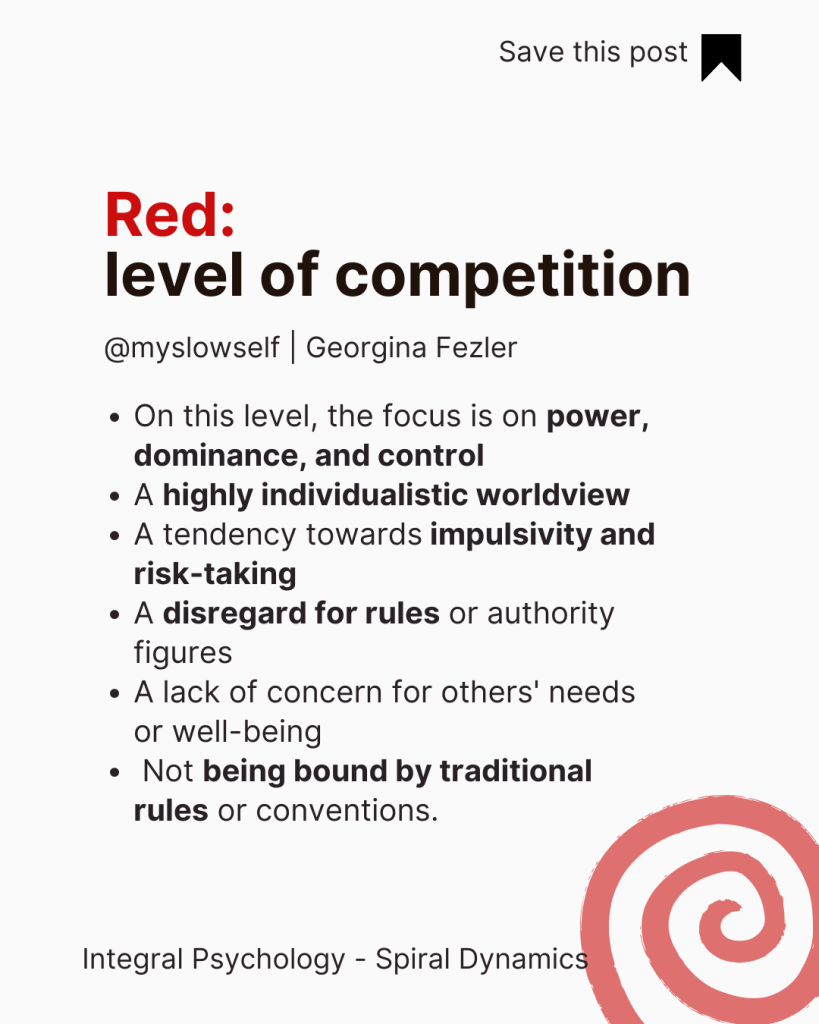

I would love to share real-life situations on how red-blue conflicts could appear so you will better understand how these states govern us.
Big-time conflict at workplaces
If you have ever worked in a company you might have been a part of this kind of conflict. In a management-employee relationship where the manager operates primarily from a blue-level perspective and the employee is operating from a red-level perspective.
The employee who wants to revolutionize the company. He knows better!
Imagine an employee who is highly independent and from day one has ideas about how the company could be run more effectively. Of course, the manager, on the other hand, does not like changes and would love to maintain how everything is, in order.
If this type of conflict is not resolved, and taken care of and the employee is not given the proper power in his/her/its own position this could lead to more employees resigning and the power of red calls everyone to “war” against the oppressing regime.
- The “red” employee will always call the manager rigid, and strict, living in the past, and often selfish. This is an interesting twist as the “blue” person usually wants what is best for the “team” but a “red” may manipulate others into thinking it is what HE/SHE/IT wants that they really should be aiming for.
- A typical “blue” manager will view the employee’s behavior as disrespectful or insubordinate.
- When it comes to action the “blue” might turn into “red” and punish stepping out of line. To the threat, the employee could reply by resigning himself. This kind of power dynamics is very common in organizations where red & blue play daily arm-wrestling around almost anything.
Classic team building is often just building more competition, fueling “red” in the organization
In order to resolve these kinds of conflicts we need to understand the needs of the other person. If the “red” is only for this conflict just for the sake of conflict there is room for punishment.
On the other hand, many employees would gladly follow rules when there is a place for their own needs, interest, and autonomy. Managers also need to learn how to be flexible and not treat every idea as a threat to the system.
Any workplace benefits from getting more familiar with the spiral dynamics so they understand where the other person might come from, and what are the real issues in a conflict.
Activities that aim for the development of higher levels of consciousness, such as empathy, collaboration, and open communication in the form of training are beneficial at any managerial level. A harmonious work environment is also more productive.


